While many people are choosing LED light bulbs for their home, very few people know which LED light bulb they should actually choose. I’m here to tell you the two things you need to know when choosing the RIGHT LED light bulbs, because they are too expensive to make an uninformed decision!
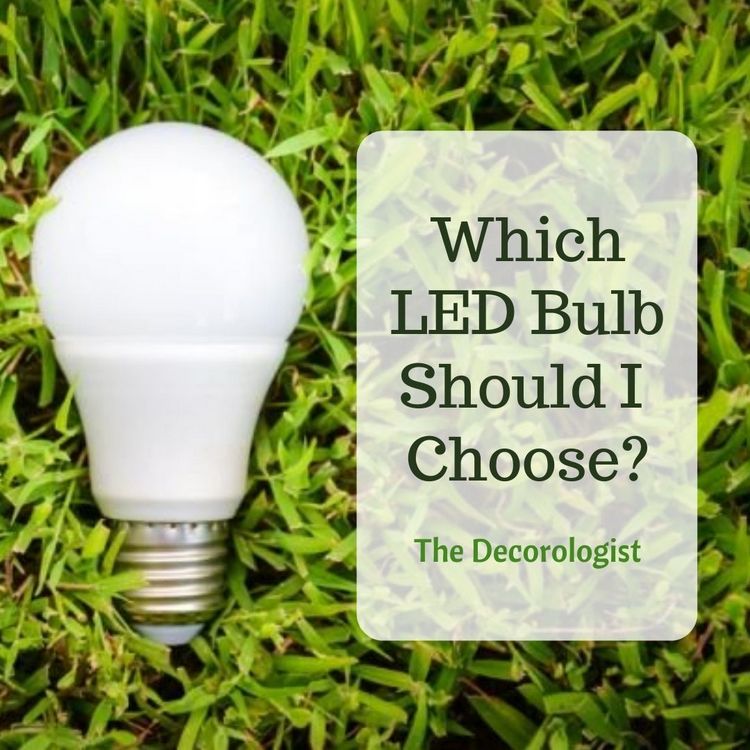
You may not realize how important it is to choose the best light bulbs for your home. I admit that I am more affected by color and lighting in interiors than most. But the truth is, we are ALL affected by color and lighting – you may just not be conscious of it.
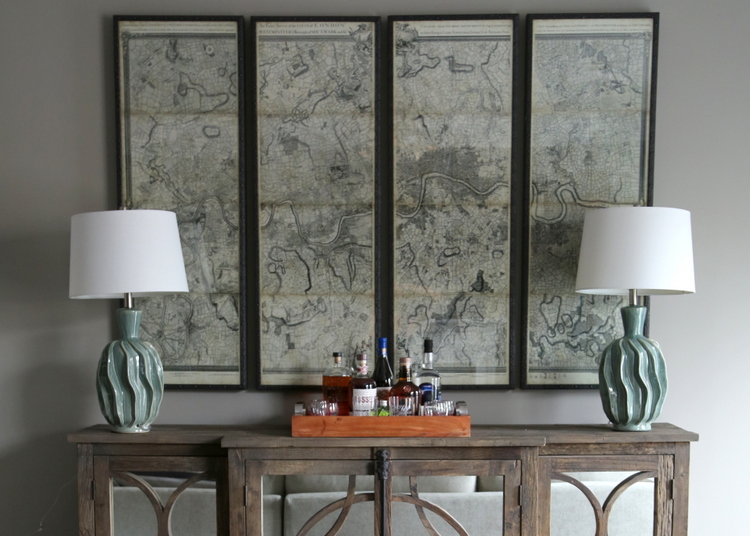 The Decorologist
The Decorologist
It is very common for me to walk into a client’s room and know immediately that the light bulbs they are using are WRONG. The wrong light bulbs can impact your mood and productivity, give you a headache, or even worse – change your paint colors! Not literally, of course, but it can change how you perceive the colors on your walls.
Some of you won’t be surprised to hear me say that you should get rid of all of the fluorescent bulbs in your home – I’ve been preaching that sermon for many years now. LED is definitely the way to go, but there are two choices you need to make regarding these bulbs. And it’s important to be consistent every time you get additional LED bulbs – differences in LED bulbs will be obvious and result in a lack of cohesion in your lighting quality.
Always use bulbs in the same color temperature and same wattage!
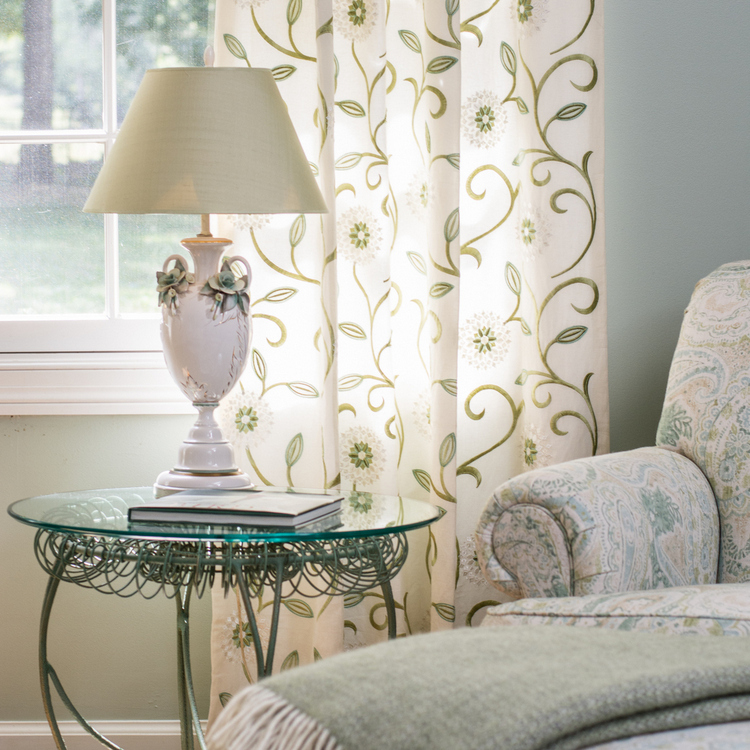 The Decorologist
The Decorologist
First, let’s talk about COLOR TEMPERATURE. Measured in Kelvins, the higher the color temperature of the bulb, the brighter and cooler the light quality. The lower the color temperature, the warmer the light quality.
Here’s a little graphic you can pin for future reference:
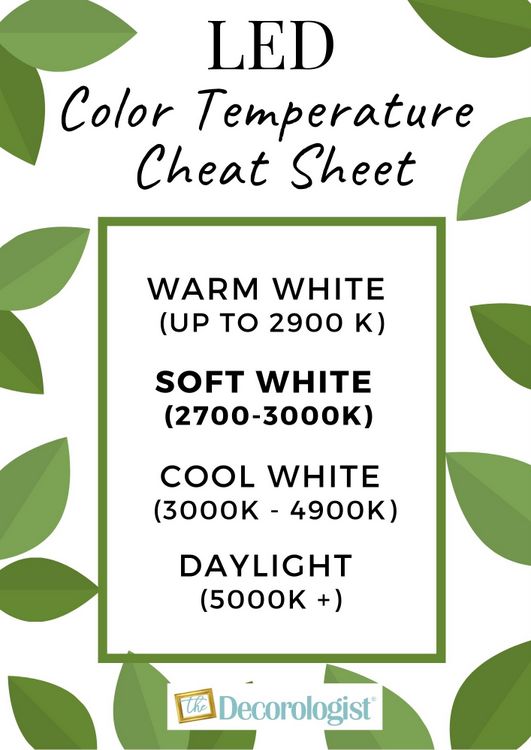
Warm White LED bulbs are most like the old standard incandescent bulbs. These bulbs are warm and can give a yellow cast to a room (and the paint colors). This tone of lighting is comforting and casts a romantic glow, but may not be best for reading and working. Or for aging eyes, like mine. Except under amorous circumstances, wink, wink!
Soft White LED bulbs may sometimes be referred to as warm white, since they fall within the upper part of of their range of color temperature. They cast a warm, comfortable light and actually enhance paint and fabric colors.
Cool White LED bulbs are bright and crisp, but the cooler you get, the more this lighting can read cold and flatten paint and other colors in your space.
Daylight LED provides intense light that has a slightly bluish white tone. This kind of light is typically seen in commercial or retail locals, and even security and outdoor lighting. THIS is the lighting that most builders and contractors recommend you use. Please don’t do it! Daylight LED bulbs definitely change your paint color by washing out the color and making them look more gray and flat.
My recommendation is Soft White LED bulbs. If you only see Warm or Cool options, look for a color temperature between 2700 and 3000 K.
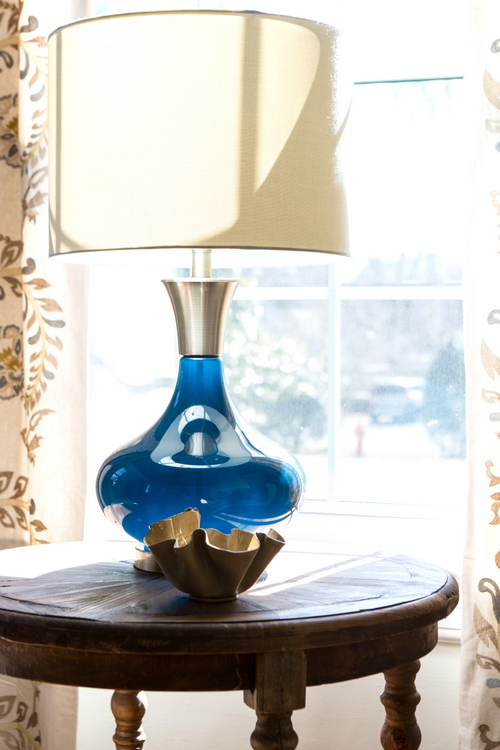 The Decorologist
The Decorologist
Alright, alright, I know what some of you are saying: “I really need more light! Aren’t Daylight bulbs best for reading and task lighting, especially in a home office or a kitchen?” Hang on just a minute before you grab the Daylight option. Color temperature is not the only choice you need to make when choosing LED bulbs.
To get more light, increase your wattage – don’t change the color temperature!
To make you ever-so-confused, LED bulbs can be labeled in watts and/or in lumens. Most of us are old enough to think of light brightness in terms of the standard incandescent bulb, right? The higher the wattage, the brighter the bulb and the more light it puts out. If you have had a Soft White LED bulb that didn’t put out enough light for you, it’s likely because the wattage was too low. A 10 watt Soft White LED bulb is insufficient for reading and task lighting. However, an 18 watt can make all the difference!
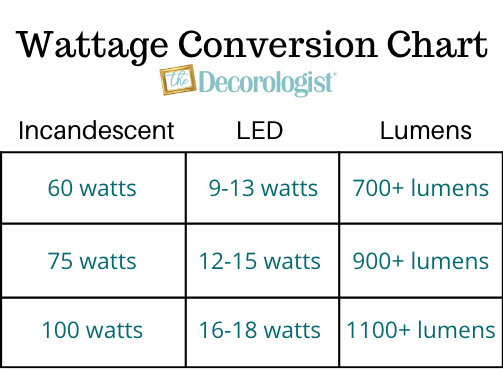
Unless my lamp dictates a lower wattage, I typically choose 16-18 watt LED bulbs (same as 100 incandescent watt) for table lamps and bedside tables. Rather than choosing a Daylight LED light bulb, choose a Soft White LED bulb in a higher wattage to get the best, most comfortable lighting. Your wall colors will thank you!
P.S. If your light fixtures have built-in LED bulbs, make sure you get fixtures that offer adjustable color temperatures. Otherwise, you will probably end up with the cooler Daylight LED bulbs that will put a damper on your colors!
Let me know if you have any comments or questions about LED bulbs, and I’d appreciate it if you would share this article with friends who may need it. (I’m pretty sure they all do!)

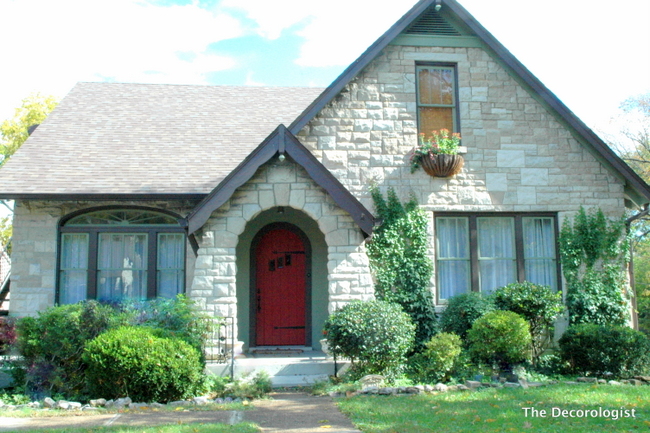
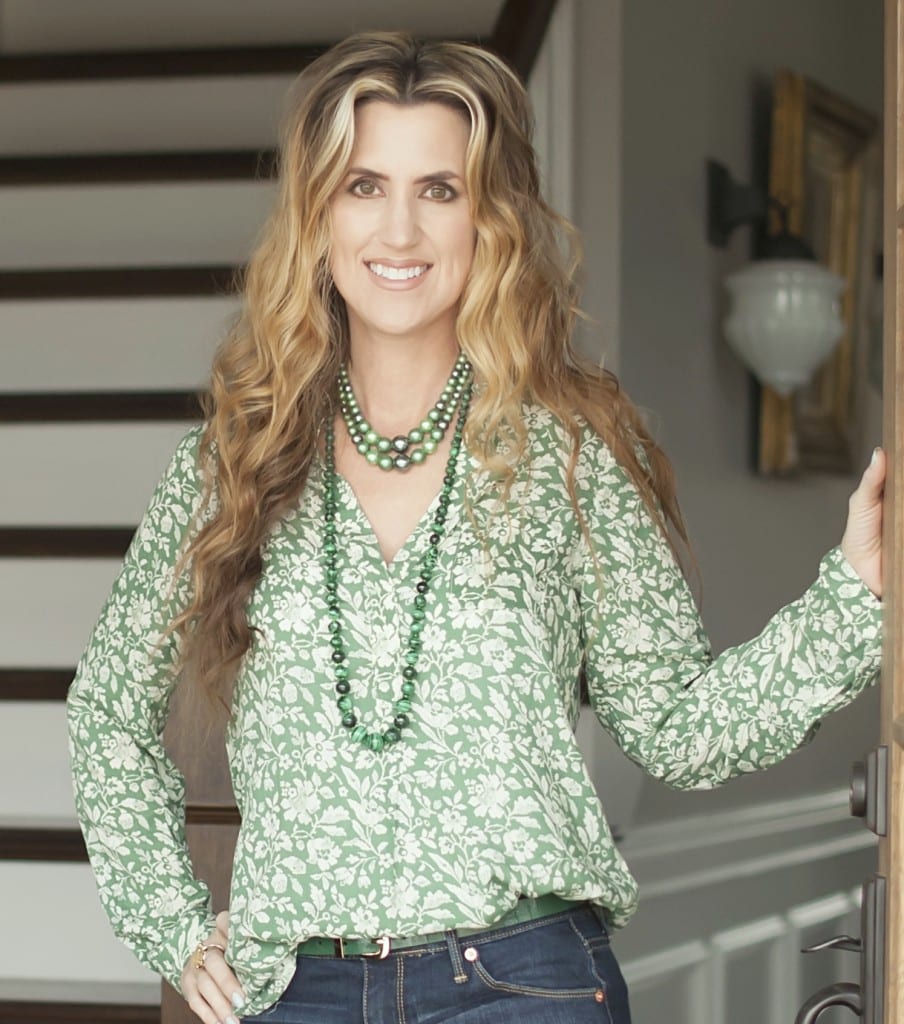
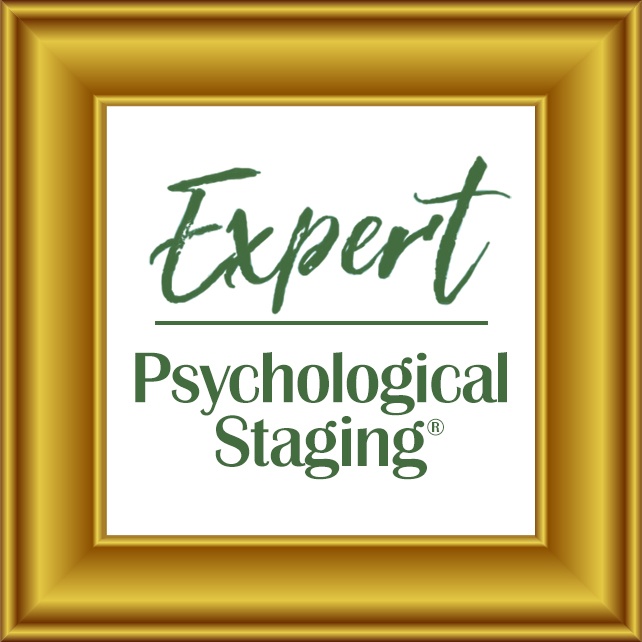
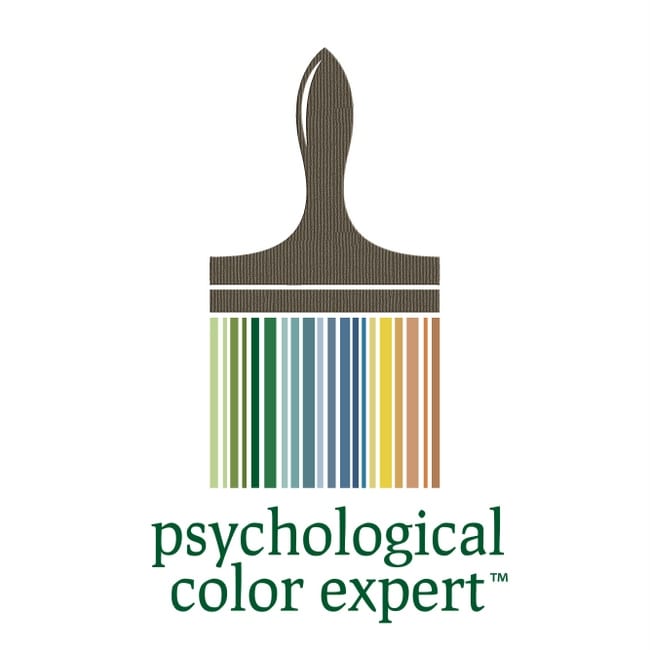

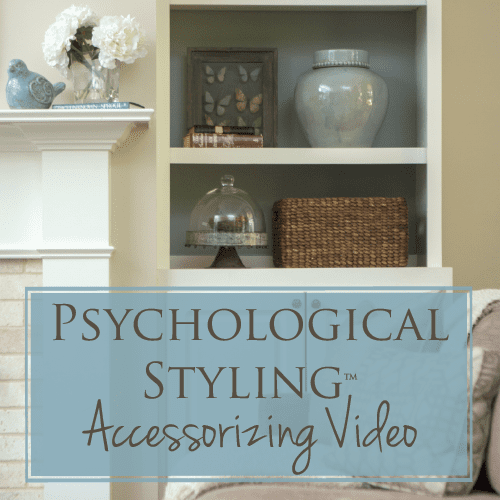
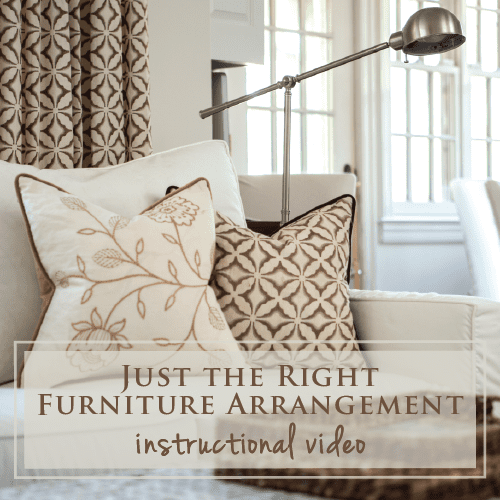
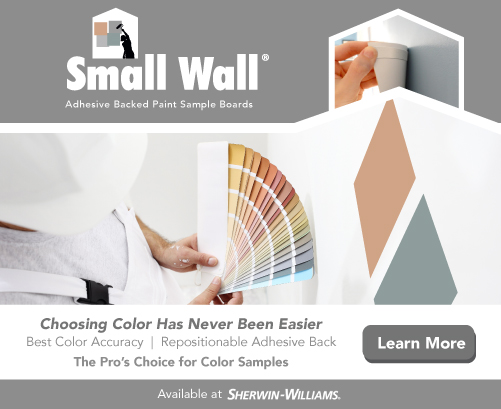
Thank you, thank you, thank you!
You are so welcome, Nancy!
Agree 100% again, Kristie!!!!
Been trying to convince my clients that Daylight = Operating Room these days. NOT actual daylight! YES to Soft White!!
I KNOW. Every builder and contractor is telling their homeowners that they need Daylight. “Daylight” sounds so lovely, so natural, so right. But it’s just awful!!!
Such a great post!
And so helpful to have all the info wrangled together in one spot to refer back to:)
Thank you, Elizabeth! 🙂
This was really helpful!
Glad to hear it, Becky, thanks!
It’s not just color temperature – you need to pay very close attention to CRI – color rendering index. That is how “true” colors will appear in the artificial light of the bulb. Most LEDs are about 80 CRI. That makes colors appear off. Look for 90+ CRI on LED bulbs – the manufacturer will proudly state this. If it doesn’t say 90+ or >90 CRI, it’s most likely 80 CRI.
Great info, Michelle! Thanks for sharing that! 🙂
What would you recommend for a retail environment? I have an 1870’s home that I am opening a used furniture and home decor shop with lots of decorating and lots of color (Grandmillenial inspired) and I will have Tearoom. Do I use Soft White as well?
I would, Teresa! Just use 100 watt LED in all the fixtures. It sounds just wonderful – I would love to come visit!!!
Thank you. I would love to have you visit. I’ll keep you posted.
Kristie, I would love to have you visit. Check out our website and instagram and let me know if you’ll be in our little town of Griffin (south of Atlanta) and we will have a coffee or tea waiting for you.
That sounds lovely, Teresa! Thanks!!!
Hi Kristie, You are a mind reader! I am at the point in a renovation where I need to choose LED light bulbs. I’m going to screenshot your chart and take it shopping with me! Yes to the CRI comment, too. Do you recommend the Soft White for recessed lights in the kitchen, too? I am leaning toward 4” recessed lights and have to talk the GC out of 6”. I think they’re way too big and outdated! Thank you for your timely post! 🙂
Hi Laura,
I recommend Soft White wherever possible, so yes, even in recessed lighting. I recently visited a client with Daylight bulbs in her kitchen pot lights and it was very blue and like a operation room. Good luck with your renovation!
Thank you, Kristie! Soft White all around! After all the work to choose paint and finishes it would be a shame to wash it all out with the wrong bulbs!
I am continually astonished at the number of pros on Houzz that recommend 4000k for kitchens and baths. I recently finished an extensive kitchen and bath remodel with lots of lighting sources (recessed, sconces, and hanging fixtures) and decided on 3000k for everything. I tried to find 90 CRI but it was impossible. Even my electrician couldn’t get them through his supplier. That was a big disappointment.
The one thing I would add is to be sure to get dimmable LEDs if you have a lot of fixtures in one room. I bought all 75w equivalents and holy cow I think you could see my house from space when the dimmers are all turned all the way up!
Thanks for the post!
Lisa, great point about the dimmers! Some people have a lot of light fixtures in their kitchens. I mean A LOT, haha!
We use 3000K (75 watts on dimmers) in kitchens/baths and 2700K (75 watts on dimmers) in bedrooms, living rooms, offices, family rooms, etc.
So helpful! I’m printing this out and putting it inside the cabinet with light bulbs… we’ve bought the wrong ones many times and only realized when we put them in and things look awful! Thank you!!
That’s a great idea, Leanne! I’m glad it helps. 🙂
Thanks so much Kristie! I’ve really been needing this article!
Kristie, thank you for speaking on this so very important subject as I’ve been having “the light talk” with my clients for years! One thing I would like to say is when dimmable LED bulbs are used, make sure the client knows to also change out the coordinating dimmer switch to a LED dimmer switch in order to prevent a flicker effect when dimmed.
Yes, thank you for that point about dimmable LED bulbs and LED dimmer switches!!
This is great! Thank you for putting in all together and explaining it so well!
You are so welcome, Janet!
Thank you for this very helpful article, Kristie! I’ve noticed a lot of light fixtures on the market today have the built-in LED bulbs and come in several different choices of color temperature. But I wonder how long those bulbs will last since it doesn’t look like you can change them once they burn out and will have to replace the entire fixture. The manufacturer states those fixtures could last 25 to 30 years, depending on how often you turn them on. What are your thoughts on those type fixtures?
Leisha,
I know!!! The built-in LED is about all you can find for outdoor lights at Home Depot anymore. It really worries me – who wants to replace an entire fixture if a bulb goes out? I know they are improving all the time, but I’ve had LED bulbs that died in a year (when they claim they are 10-year bulbs).
Thanks for sharing your knowledge. Saves lots of time and research. You do a wonderful job.
Thank you so much!
This is an amazing g post! Do you mi d if I share it??
I’d love you to share it, Joann!
Great wattage conversion chart. Really helpful.
Thanks, Andrea – I’m so glad it will be helpful to you!
I 100% agree and always aim for soft white for myself and my clients. They are sometimes hard to find but worth the search. Also important to think about how the base looks if it is exposed in the fixture and if it is an enclosed fixture or open, otherwise the bulb won’t last like it is supposed to.
Christina, great point about the exposure of the base. I hate seeing those white bases, especially in candelebra bulbs! What do you mean about enclosed vs. open fixtures in regard to how long the bulb lasts? I haven’t heard anything about that before. I’d love to know more.
Just from my own experience – I’ve accidentally purchased LED bulbs, installed them in a flush mount (ie. Enclosed) light fixture and I then found they burn out quickly or will land up flickering. Then I realized the side of the box says NOT suitable for enclosed fixtures. I assume it is the heat of the base of the LED bulbs, if it isn’t in the proper type of fixture it was designed for. An open fixture, like a lamp, or a semi-flush mount, would have more air circulation, maybe that is the difference. The side of most LED light bulb boxes (I am from Canada, maybe it is different in the States) will show what the light bulb is rated for.
Thanks for your blog Kristie!
Thank you so much for sharing that, Christina! Good to know.
Thank you!!!
so welcome!
Just saw this post, Kristie. Love the info! Do Edison bulbs in glass globes apply to this? I’ve been around some that are higher wattage and they seem way to bright. Is it the temperature that is wrong on those as well?
Could be, Wendy. The main problem with Edison bulbs is that they are clear in order to visually expose the filament. That works fine if you use low wattage in them and consider them ambiant lighting, but they really aren’t ideal for any kind of task lighting.
Hello. I’m opening a retail store in an 1870’s home and my I have lots of color on walls and decor (grandmillenial stylel). What do you recommend I use in Kelvins and Wattages? Thank you very much.
Sounds like a fun store! I recommend Soft White LED bulbs, 3000 Kelvin. 16-18 watts (100 watt equivalents). Where is your store located?
This is helpful. I actually just painted a bedroom wall light green and it turned out to have much more yellow tones than I intended. Would daylight bulbs be good to help tone down the yellow in this case? Thank you!
Loved the rundown on LED bulbs! It’s so helpful to see all the options laid out. If you’re still hunting for great LED bulbs at a fantastic price, check out Deerdance.com. They’re a direct factory supplier and offer top-notch products that don’t break the bank. Their selection might be just what you need for your home lighting. Thanks for the informative post!